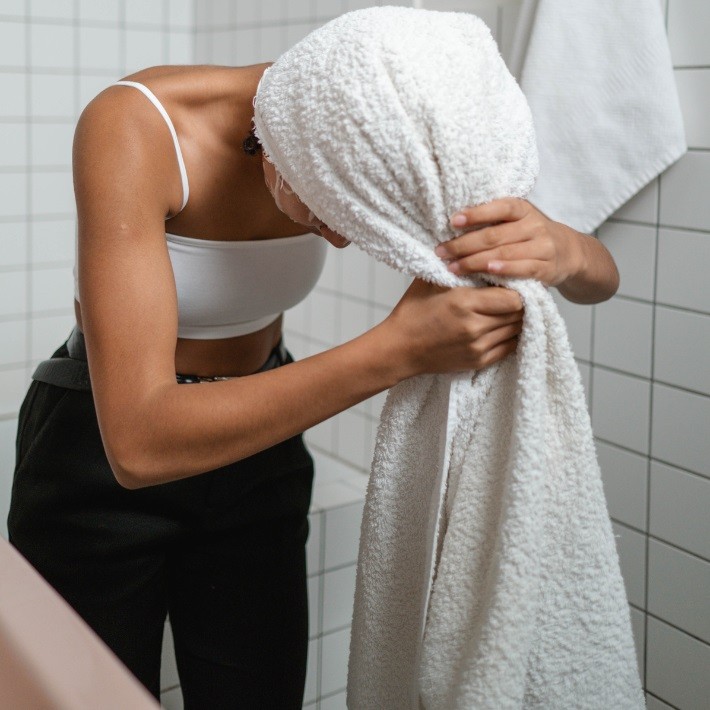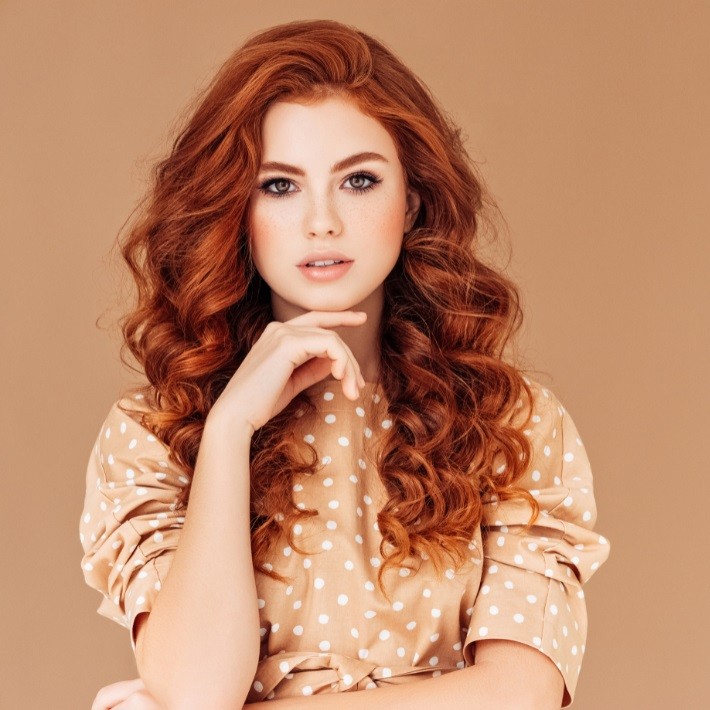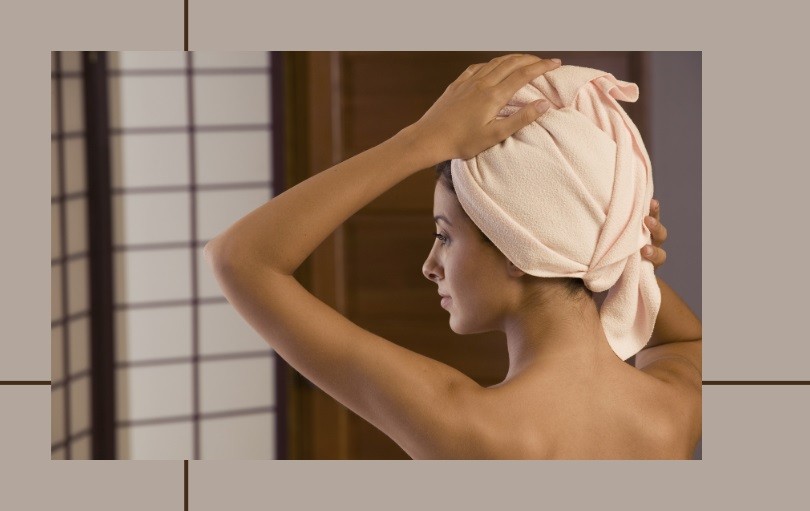Last Updated on March 28, 2025
Hey there! If you’ve been wanting to learn how to wrap your hair, you’ve come to the right place. We’ve got your back! Hair wrapping is not only a stylish way to protect your locks, but it’s also a fantastic technique to keep your hair looking fresh and fabulous. In this comprehensive guide, we’ll explore different ways to wrap your hair and provide helpful tips to make the process as smooth as possible. So let’s dive right in!
How To Wrap Your Hair? A Step-By-Step Guide

Related: Why Does My Hair Feel Waxy? After Drying? After Washing?
1. Choose the Right Material
Selecting the proper material is essential for a successful hair wrap. Be it a silk scarf, a cotton bandana, or a stretchy headband, make sure the fabric is gentle on your hair and won’t cause damage.
2. Prep Your Hair
Before wrapping your hair, make sure it’s clean, detangled, and moisturized. This will ensure your wrap stays in place and your hair remains protected.
3. Master the Basic Techniques
Once your hair is prepped, it’s time to learn some basic hair wrapping techniques. From the classic turban style to the intricate headwrap, there’s a technique to suit everyone’s taste.
Turban Style
To achieve the turban look, fold your scarf into a triangle and place it on your head, with the long edge covering your forehead. Cross the ends at the nape of your neck, then twist and wrap them around your head, tucking the ends in securely.
Intricate Headwrap
For an intricate headwrap, create a series of twists and knots with your scarf. Start by tying a knot at the front of your head, then twist and wrap the ends around your head, creating a unique pattern. Tuck in the ends for a secure hold.
4. Experiment with Different Styles
Once you’ve mastered the basics, feel free to get creative! Explore different styles and techniques to find the perfect hair wrap for you.
Related: Can You Flush Hair Down The Toilet?
Why Wrap Your Hair? The Benefits Uncovered
Protects Your Hair
Hair wrapping helps shield your hair from external elements like dust, pollution, and the sun. It also helps to reduce friction, minimizing breakage and frizz.
Retains Moisture
Wrapping your hair helps lock in moisture, keeping it hydrated and healthy.
Stylish Accessory
Hair wraps come in a variety of colors, patterns, and styles. They’re versatile accessories that can add flair to any outfit.
Tips and Tricks to Perfect Your Hair Wrap

Start with Dry Hair
Ensure your hair is completely dry before wrapping it. Damp hair can cause mold and unpleasant odors.
Choose the Right Size
Pick a scarf or headwrap that’s large enough to cover your hair entirely but not too bulky, making it difficult to manage.
Practice Makes Perfect
Don’t be discouraged if your first few attempts aren’t perfect. Practice makes perfect, and you’ll soon be a hair wrapping pro!
Related: Does Hair Grow Faster In The Summer?
FAQs About How to Wrap Your Hair
1. Can I wrap my hair every night?
Yes! Wrapping your hair every night can help protect it from damage, maintain your style, and keep it moisturized.
2. How long should I keep my hair wrapped?
It depends on your hair type and the style you’re going for. In general, you can keep your hair wrapped for a few hours or even overnight. If you’re looking for long-lasting protection, consider wearing a wrap while you sleep.
3. Is hair wrapping suitable for all hair types?
Absolutely! Hair wrapping is suitable for all hair types, including straight, wavy, curly, and coily hair. Just make sure to choose the appropriate material and technique for your hair type.
4. Can hair wrapping help with hair growth?
While hair wrapping itself doesn’t directly promote hair growth, it can protect your hair from breakage and damage, indirectly aiding in healthier hair growth.
5. How can I keep my hair wrap securely while sleeping?
To keep your hair wrap secure while you sleep, make sure to use a non-slip material such as silk or satin. You can also use bobby pins or a headband to ensure it stays in place.
6. Can I exercise with my hair wrapped?
Yes, you can! Hair wrapping can be an excellent option for keeping your hair protected and out of your face while exercising. Just make sure to choose a breathable, moisture-wicking material to prevent overheating.
How to Wrap Your Hair? The Takeaway
In conclusion, learning how to wrap your hair is a fantastic way to protect your locks, retain moisture, and showcase your unique style. With practice, you’ll be able to master the art of hair wrapping and have fun experimenting with different techniques and materials. So go ahead, give it a try, and don’t be afraid to let your creativity shine!

